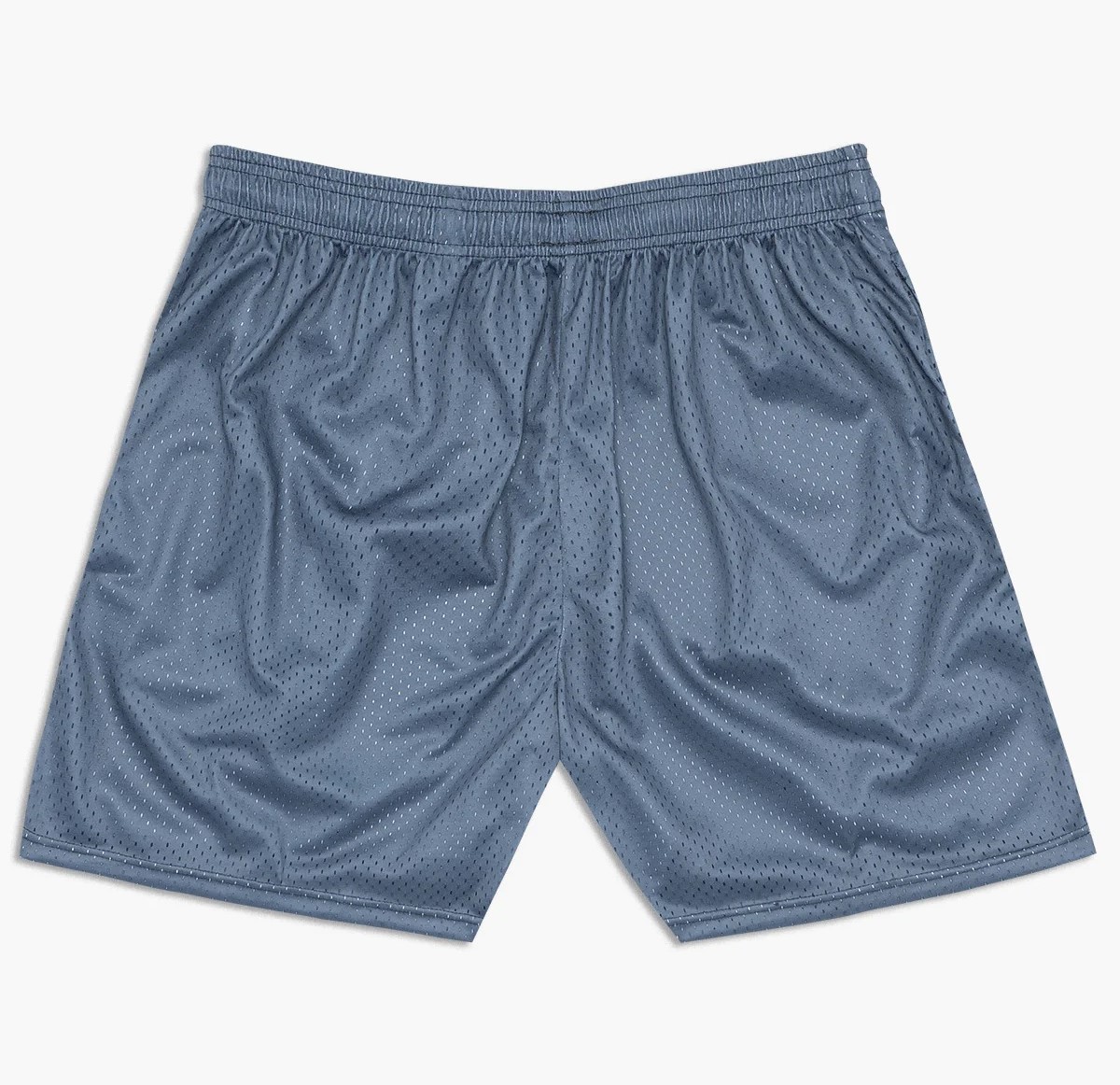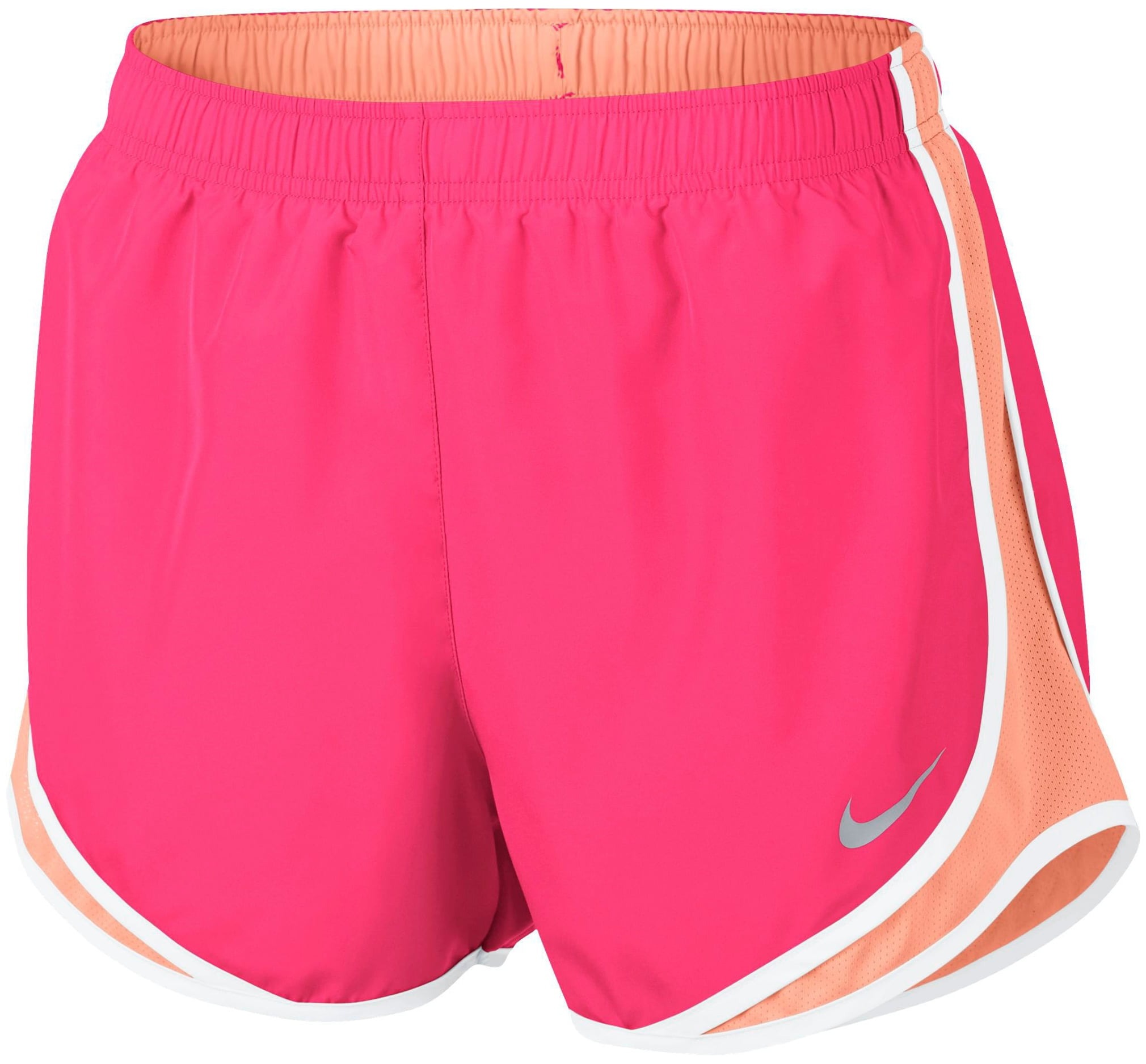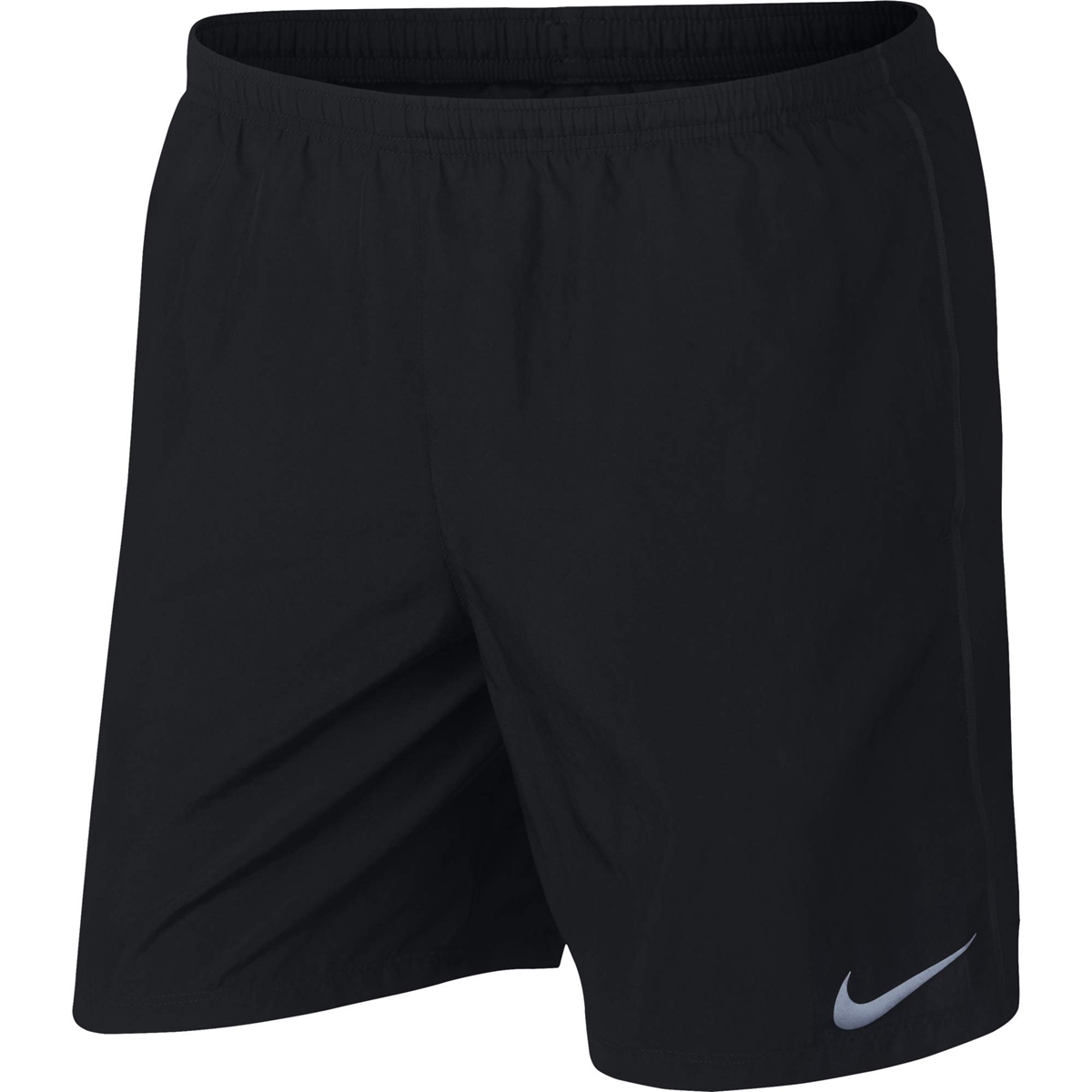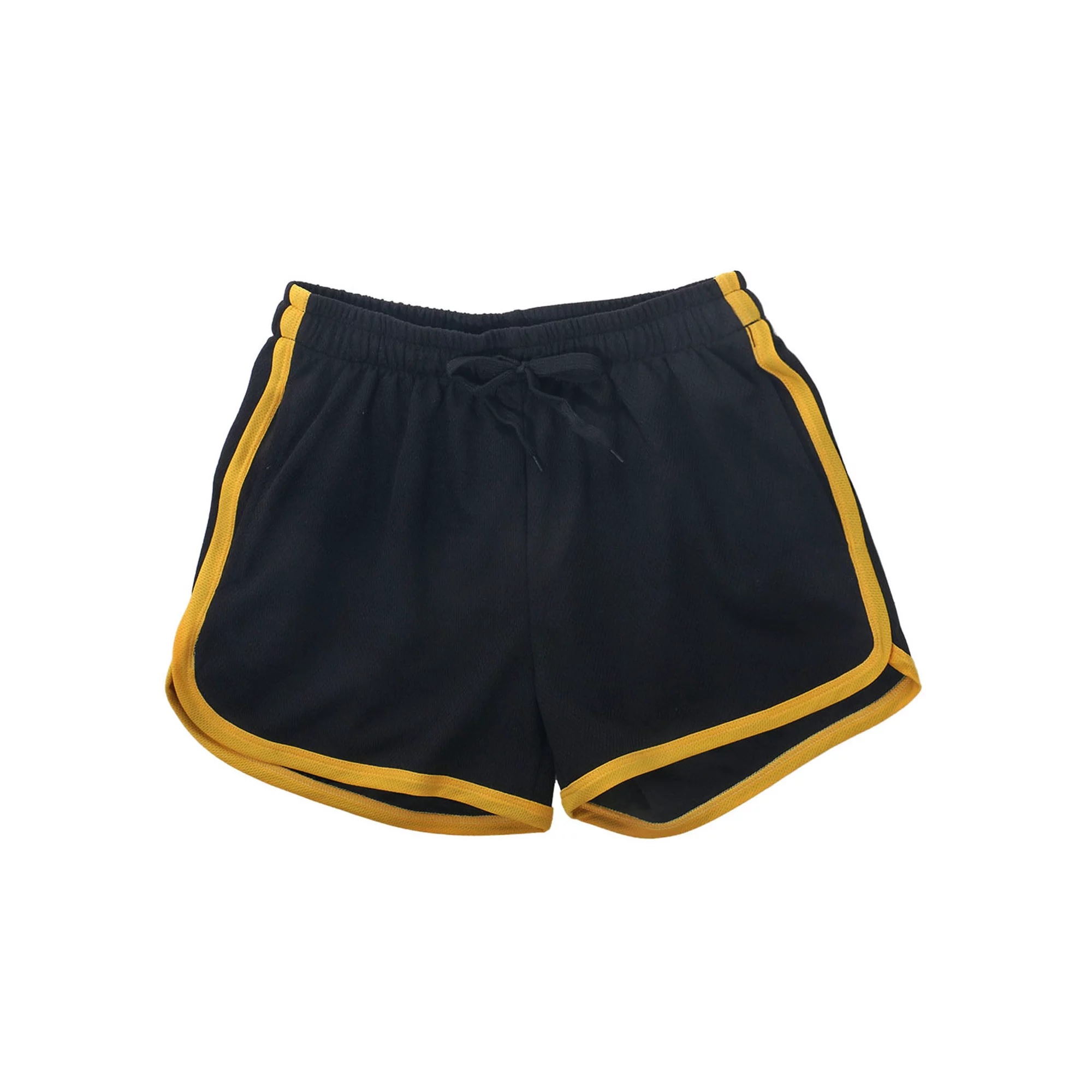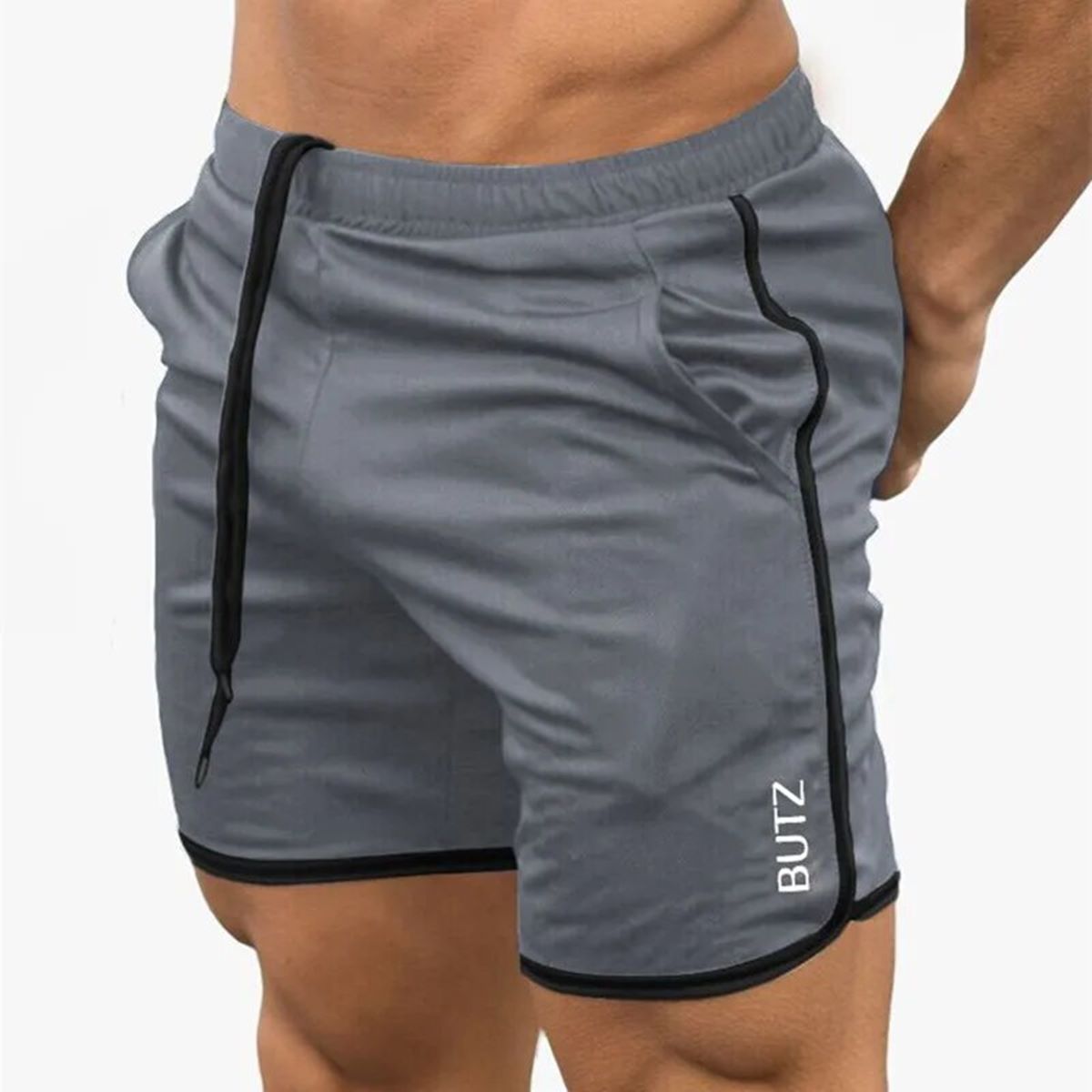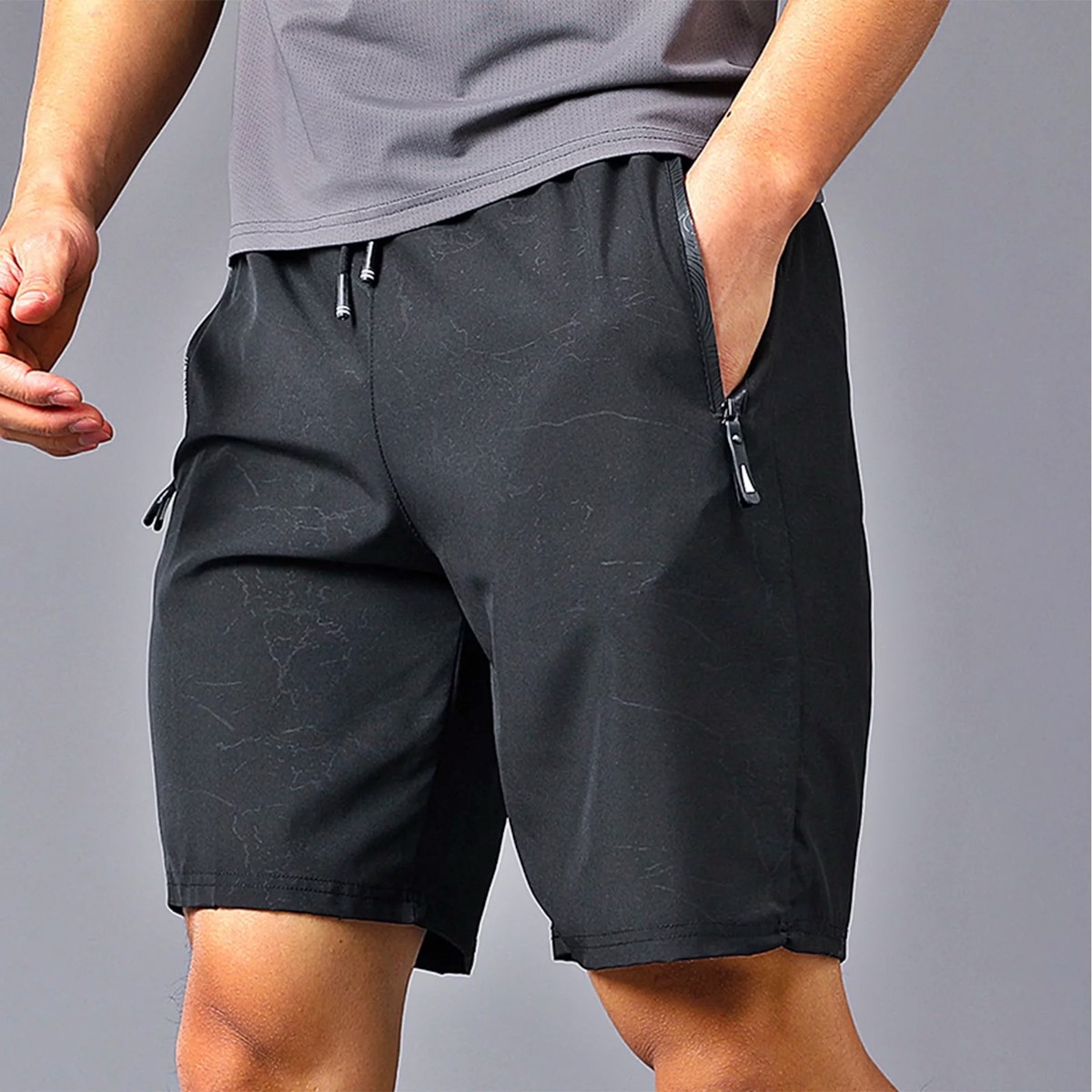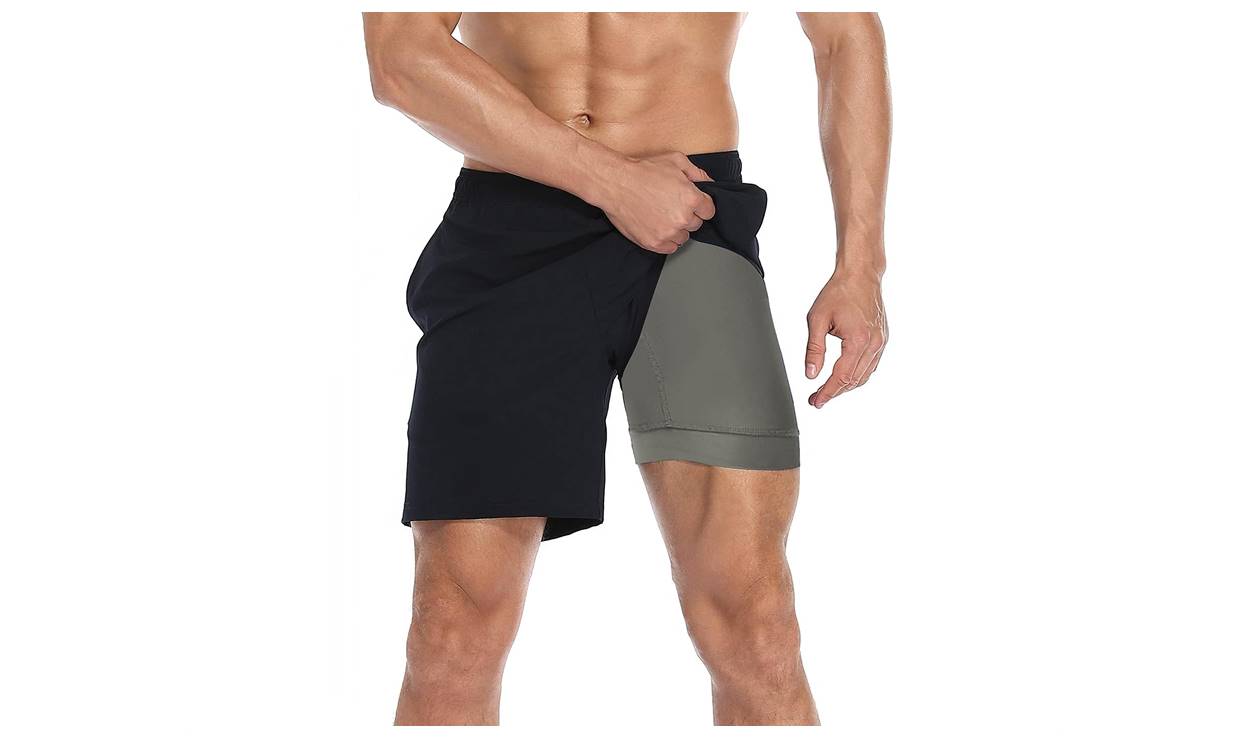Home>Misc>Featured>What Is The Activewear Setting On A Washer
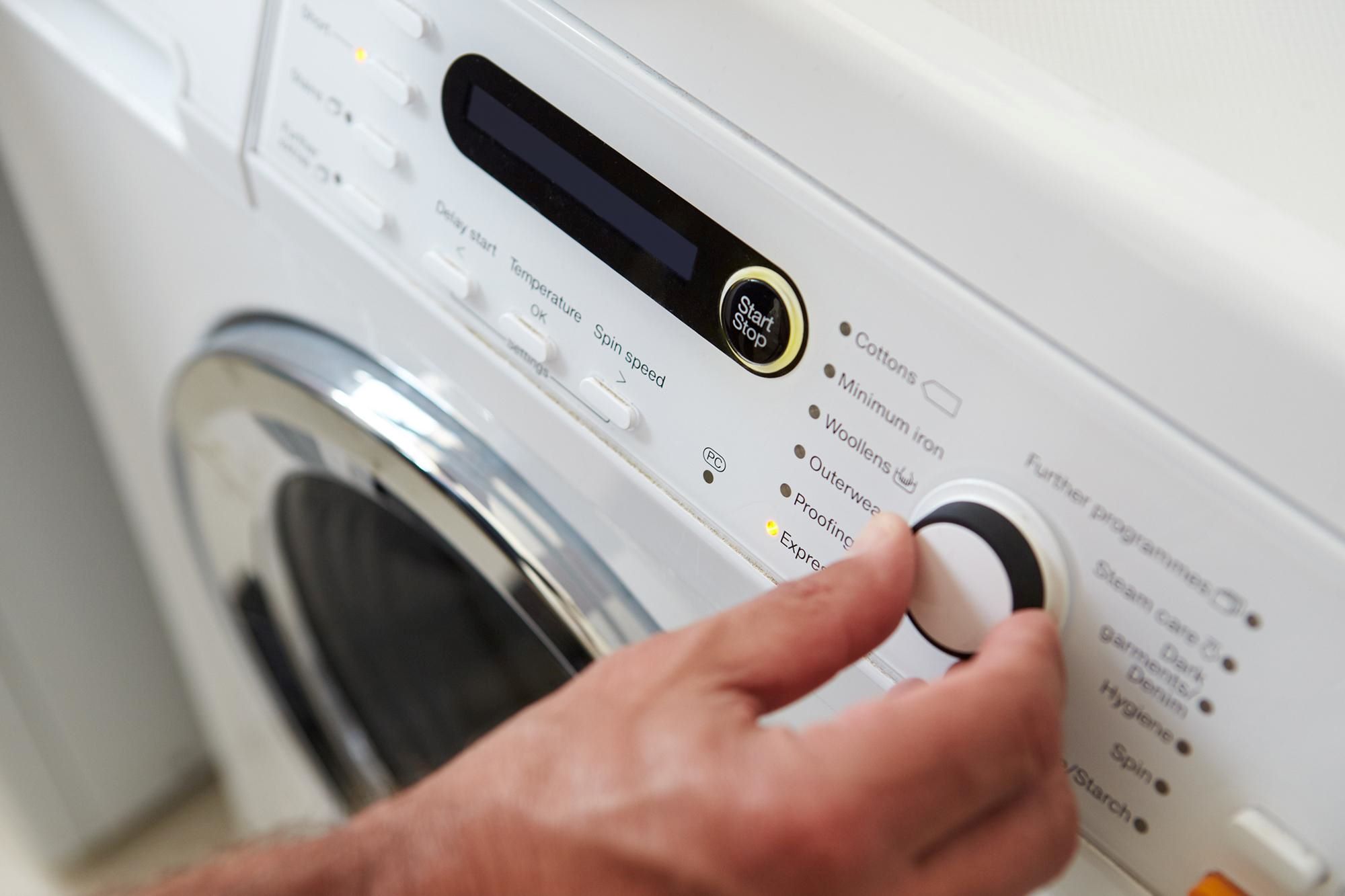

Featured
What Is The Activewear Setting On A Washer
Published: August 12, 2023
Discover the featured activewear setting on a washer and keep your workout clothes fresh and clean. Learn how to effectively wash your gym clothes in this comprehensive guide.
Introduction
When it comes to doing laundry, there’s no denying that certain clothing items require special care. Activewear, in particular, is designed to withstand intense physical activity and moisture, making it essential to keep it in top condition. That’s where the activewear setting on your washer comes into play. By understanding how this setting works and utilizing it correctly, you can ensure your activewear garments stay fresh, clean, and durable.
Activewear, such as sports bras, leggings, and workout tops, is made from a variety of performance fabrics, including polyester, spandex, nylon, and blends. These fabrics are engineered to be moisture-wicking, quick-drying, and stretchy, allowing for a comfortable and supportive fit during workouts. However, they can lose their performance qualities if not washed and cared for properly.
The activewear setting on your washer is designed specifically for cleaning these specialized garments. It provides a gentle yet effective cycle that helps maintain the integrity of the fabric, while also removing sweat, dirt, and odor. By using this setting, you can extend the lifespan of your activewear, ensuring that it continues to perform well and look great, even after countless workouts.
Understanding the Activewear Setting
The activewear setting on your washer is specifically designed to cater to the unique needs of activewear garments. It offers a different approach compared to the regular wash cycles, ensuring that your activewear receives the care it requires.
One important aspect of the activewear setting is the use of lower temperatures. High heat can damage the delicate fibers of activewear fabrics, leading to shrinkage, color fading, and loss of elasticity. With the activewear setting, the water temperature is typically cooler, helping to preserve the quality and performance of your garments.
Another key feature of the activewear setting is the gentle agitation. Regular cycles with intense agitation can cause friction and wear on activewear fabrics, which can compromise their stretch and moisture-wicking capabilities. The activewear setting uses a gentler agitation technique, ensuring that your garments receive a thorough clean without excessive strain.
In addition to these settings, many washers offer extended rinse and spin cycles specific to activewear. These cycles help to remove any leftover detergent or sweat residue, ensuring that your activewear is thoroughly cleaned and free of any irritants that could cause skin irritation or discomfort during your workouts.
Furthermore, some washers also incorporate a pre-soak feature in the activewear setting. This option allows you to pre-treat any stubborn stains or odors before the wash cycle begins, improving the chances of complete removal without compromising the fabric quality.
It’s important to note that different washers may have variations in their activewear settings. Some models may offer additional features like steam cleaning or specialized water jets, which can further enhance the cleaning process for your activewear garments. Be sure to consult your washer’s manual for specific instructions and recommendations.
How the Activewear Setting Works
The activewear setting on your washer is designed to provide optimal cleaning for your activewear garments while minimizing the risk of damage. Understanding how this setting works can help you make the most of it and get the best results.
First and foremost, the activewear setting adjusts the water temperature to ensure that it’s appropriate for the delicate nature of activewear fabrics. Typically, it uses cooler water temperatures to prevent shrinking or warping of the garments. This temperature control helps preserve the integrity of the fabric and extend the lifespan of your activewear.
In addition to temperature control, the activewear setting also employs a gentle agitation technique. This prevents excessive strain on the fabric and reduces friction, reducing the risk of wear and tear. The slower movements of the washer’s drum in this setting allow for a thorough cleaning while maintaining the elasticity and moisture-wicking properties of the activewear fabrics.
Another notable feature of the activewear setting is the extended rinse cycle. This step ensures that all detergent residue and sweat are thoroughly removed from the garments. By eliminating these irritants, it not only enhances the cleanliness of your activewear but also helps prevent any skin irritations or discomfort during your workouts.
Some washers may offer additional features within the activewear setting, such as pre-soak or steam cleaning options. Pre-soak allows you to treat stubborn stains or odors by soaking the garments in water and detergent before the cycle begins. Steam cleaning utilizes steam to penetrate the fabric fibers, effectively removing dirt and bacteria without harsh agitation.
Overall, the activewear setting works to strike a balance between cleanliness and gentle care. By utilizing lower temperatures, gentle agitation, extended rinse cycles, and optional special features, it ensures that your activewear garments are thoroughly cleaned while preserving their performance qualities.
Benefits of Using the Activewear Setting
Utilizing the activewear setting on your washer can provide several benefits for your activewear garments. Let’s explore some of the advantages:
- Prolongs the lifespan of your activewear: The activewear setting is designed to be gentle on the delicate fabrics used in activewear. By minimizing exposure to high temperatures and reducing friction, it helps prevent premature wear and tear, allowing your activewear to last longer.
- Preserves the performance qualities: Activewear fabrics are often engineered to have specific properties such as moisture-wicking, breathability, and stretch. The activewear setting ensures that these performance qualities remain intact, allowing you to get the most out of your activewear during workouts.
- Effectively removes sweat and odor: Sweat and odor can quickly accumulate in activewear due to intense physical activity. The activewear setting employs extended rinse cycles and specialized cleaning techniques to thoroughly remove sweat and eliminate any unpleasant odors, leaving your garments fresh and odor-free.
- Reduces the risk of color fading: Activewear garments often come in vibrant colors and patterns. By using the activewear setting, which typically involves lower water temperatures and gentle agitation, you can minimize color fading and ensure that your garments retain their vibrant appearance over time.
- Prevents shrinkage: Activewear fabrics, such as spandex and nylon blends, are susceptible to shrinkage if exposed to high heat. The activewear setting uses cooler water temperatures, reducing the risk of shrinkage and allowing your garments to retain their original fit and shape.
- Keeps your activewear hygienic: The activewear setting’s thorough cleaning process helps remove bacteria, oils, and other contaminants that can accumulate on your activewear. This ensures that your garments remain hygienic, reducing the risk of skin irritations and infections.
By taking advantage of the activewear setting, you can maximize the longevity and performance of your activewear while enjoying the comfort and confidence it provides during your workouts.
Tips for Washing Activewear
Properly washing your activewear is crucial for maintaining its performance and extending its lifespan. Here are some helpful tips to ensure that you are washing your activewear garments effectively:
- Read the care labels: Before washing your activewear, always check the care labels for specific instructions. Different fabrics may have different requirements, so it’s important to follow the manufacturer’s recommendations.
- Turn garments inside out: Turning your activewear garments inside out before washing can help protect the fabric’s outer surface from excessive friction and rubbing against other items in the wash.
- Separate by color: To prevent color bleeding and fading, separate your activewear garments by color. Wash dark colors together and light colors separately to avoid discoloration.
- Avoid using fabric softener: Fabric softener can leave a residue on activewear fabrics, reducing their breathability and moisture-wicking properties. Instead, opt for a mild detergent specifically designed for activewear.
- Use a gentle wash cycle: Whenever possible, choose the activewear setting on your washer. If your washer doesn’t have this setting, opt for a delicate or gentle wash cycle to minimize the risk of damage to the fabric.
- Wash in cold water: Activewear fabrics are generally best washed in cold water to prevent shrinkage and preserve the elasticity of the fibers. Cold water also helps maintain the integrity of any performance finishes on the fabric.
- Avoid overloading the washer: Give your activewear garments enough space to move freely in the washer. Overloading the machine can prevent adequate cleaning and cause excessive friction between items.
- Air dry or use low heat: High heat from the dryer can damage activewear fabrics. Whenever possible, air dry your activewear or use a low-heat setting on your dryer. This helps maintain the shape, elasticity, and performance of the fabric.
- Avoid ironing: Most activewear fabrics do not require ironing. If necessary, use a low-temperature iron or a garment steamer, keeping in mind the specific care instructions for the fabric.
Following these tips will help ensure that your activewear remains in excellent condition, allowing you to enjoy its performance and comfort for a long time.
Common Mistakes to Avoid
While washing activewear, it’s important to be aware of common mistakes that can potentially damage or degrade the quality of your garments. By avoiding these mistakes, you can ensure that your activewear stays in top condition:
- Using harsh detergents: Harsh detergents can be abrasive to activewear fabrics and may strip away their moisture-wicking properties. Opt for mild detergents specifically formulated for activewear to maintain the integrity of the fabric.
- Skipping pre-treatment for stains: Ignoring pre-treatment for stains can make it more difficult to remove them during the wash cycle. Take the time to pre-treat any stains on your activewear before washing to increase the chances of successful stain removal.
- Leaving activewear sitting wet: Leaving damp activewear balled up or sitting in the washer for an extended period can cause unpleasant odors and promote bacterial growth. Promptly remove your activewear from the washer and air-dry or tumble dry it as soon as possible.
- Using excessive heat: High heat can damage activewear fabrics, causing shrinkage, loss of elasticity, and color fading. Avoid hot water and high heat settings on your dryer to preserve the quality and performance of your activewear.
- Washing activewear with rough fabrics: Washing activewear with garments that have zippers, Velcro, or rough materials can cause snags and pulls. Always separate your activewear from items that could potentially damage the delicate fabric.
- Not reading the care labels: Each activewear garment may have specific care instructions outlined on the care label. Failing to read and follow these instructions may lead to unintentional damage or inadequate cleaning.
- Overusing the activewear setting: While the activewear setting is designed to be gentle, excessively using it for every load of laundry can cause wear and tear on the fabric over time. Reserve the activewear setting for your activewear garments only.
- Ignoring the recommended load size: Overloading your washer with too many activewear garments can hinder effective cleaning and even damage the washer. Follow the recommended load size and give your activewear enough space to move freely in the machine.
- Using bleach: Bleach can damage activewear fabrics and cause color fading. Avoid using bleach-based products or detergents with bleach additives when washing your activewear.
By being mindful of these common mistakes and following the proper washing guidelines, you can maintain the quality and performance of your activewear for years to come.
Conclusion
The activewear setting on your washer is a valuable tool for keeping your activewear garments in top condition. By understanding how this setting works and following proper care guidelines, you can ensure that your activewear remains fresh, clean, and durable for longer.
Through lower water temperatures, gentle agitation, extended rinse cycles, and optional features such as pre-soak or steam cleaning, the activewear setting provides an effective yet gentle cleaning process. By utilizing this setting, you can protect the performance qualities of your activewear fabrics, prevent shrinkage and color fading, and maintain the garments’ fit and shape.
Remember to follow additional tips for washing activewear, such as turning garments inside out, separating them by color, avoiding fabric softeners, and air drying or using low-heat settings. Avoid common mistakes like using harsh detergents, skipping pre-treatment for stains, and overloading the washer.
By incorporating these practices into your laundry routine, you can maximize the lifespan of your activewear, keeping it hygienic, fresh, and comfortable for your workouts. So go ahead, unleash your energy, and enjoy your favorite activities knowing that your activewear is well cared for and ready to perform.

